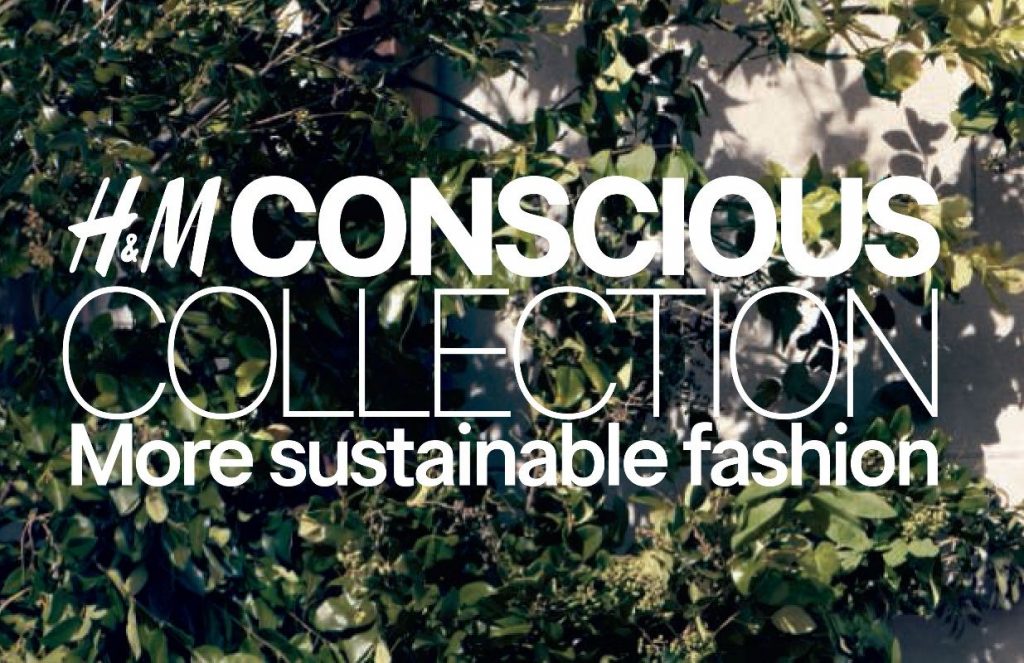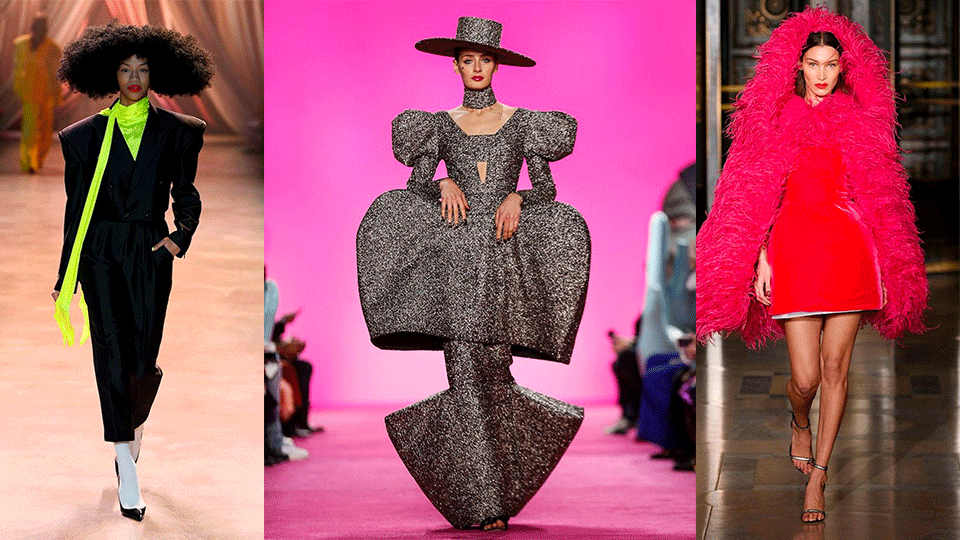- À New Wave to Fashion, À New Way of Living. Download Now on iOS Android Canada SS22
- hello@alahausse.ca
How H&M is Working Towards Becoming a More Sustainable Company

The Social Media Generation: How Social Media is Changing The Way We Shop
July 20, 2021
Shelf Edge Technology: Digital Price tags using renewable energy
July 24, 2021
Written by: Hana El-Sharabasy
In the last few years, the fashion industry has seen unimaginable change. With the rise in popularity of climate activists, consumers evaluated how their morals fit in with their lifestyles. As a result, a large majority of young adults and teens started to exclusively seek out sustainable clothing options. H&M has taken this as an opportunity to adjust its business model in favour of consumer needs.
The Rise of H&M
The company has been around since the 50’s but grew in popularity in the 90’s as they were the most affordable option for runway looks. As their business expanded, they started cutting corners wherever they could, to handle their rapid growth.
Production Elsewhere
They started production overseas, in China and Bangladesh, where labour was inexpensive and the living wage was lower than in western countries. This became a great resource for them as a way to cut back costs while simultaneously creating a labour industry where people needed jobs.
Change of Material
In the ’70s, companies started to use synthetic materials like spandex and polyester as a way to save money. That decade is the first time in history we see skin tight fashion like leggings and bodysuits.
Polyester is much less expensive and time-consuming to produce in comparison to cotton, for example. The cotton plant takes lots of resources (water, land and time) to make and so companies started to replace it with polyester wherever possible. Not to mention, polyester offers great benefits when it comes to clothes, like durability and stretch that aren’t as effective in natural materials.

H&M Overhaul
The company has hopped on the innovation train this past year. Shoe soles made from algae, recycled glass, and the new announcement of a sustainability ambassador Maise Williams is all part of their future. Most recently was the announcement of hemp recycled fibres called Agraloop™ and Biofibre™.
Their spring 2021 collection is the most sustainable yet, made with lots of undyed linen, cotton, and denim. 100% of the cotton they use is currently recycled or sourced sustainably and 64% of their collection is made sustainably. It’s my guess that just a few years ago this sustainability percentage was a lot closer to 0, so this is a big improvement.

Colour story is a new dying process for the brand. It involves biotechnology, plant-based pigments and closed-loop systems while also shedding light on the truth of environmentally taxing clothing dye. Creative advisor at H&M, Ann Sofie Johannson, has said “We’re continually aiming to create elevated pieces with groundbreakingly more sustainable materials and processes. With this collection, our forward-thinking designs work together with revolutionary dye processes to make a positive change”. The entire team has really proved their involvement and leadership with the new sustainable movement in the fashion industry.
Their CEO has set a goal to responsibly source 100% of their materials by 2030. That’s a tough goal, but judging by their improvement, it might be possible.
Investing in the Important
The company was founded by Swedish businessman Erlin Persson in 1947. Still, after his death in 2002, the Persson family owned the largest shares of the company. In 2014, the family allocated $180 million to funding projects that address environmental and humanitarian issues in the fashion industry. Just recently they took $100 million from that fund, for a project called The Green Machine that will address the textile waste in the fashion industry. This is an interesting yet effective approach to addressing issues in the fashion industry. Many companies look to improve their future production methods, but H&M decided to tackle the lingering impacts of our past.

Controversy
H&M has garnered quite a bit of unwanted press in the last few years. The ambiguity of the companies “Conscious” collection got them into a bit of trouble in the last few months. This was an issue for the many that believe sustainability and transparency go hand in hand. After years of being blindsided by the terrors of the fast fashion industry, many consumers like to know the complete truth about where their clothes come from, though the website was said to be “misleading—not false”. Many of their supporters also feel that their monetary investments are a means to cover up their controversies.

What does this mean for H&M?
The company has really been listening to the public voices. It doesnt take much public pressure for the company to instill change. Each concern from the public was met by an instant overhaul to address customer concerns. Since the few controversies, H&M has created multiple website pages where consumers can read about how the company fits in the grand scheme of the fashion industry and the environment. The company has done a great job at listening to customer voices to implement change that simultaneously grows their company. We are ready to see other companies make strategic business changes to support sustainability.
Via ÀLA.HAUSSE‘s Multi-functional and Multi-purposeful Fashion Ecosystem- BUY/SELL/RENT/LEND/ (swap BETA 2021) mobile application, INDIVIDUALS & brands ( BETA 2021) are encouraged to REBUY, RESELL, REUSE and UP-CYCLE their personal “Clossets” aka Clothing Assets, along with overstock inventory and samples. Through this consumerism habit shift we indirectly slow down the urgency on fashion’s carbon footprint, aiding sustainability as a whole.
BETA Early Access Application Now Open for CA Fashion Lovers: Apply Now for LAST CALL
with Stories on www.alahausse.ca
#ALAHAUSSE #WEARYOURPURPOSE #HAUSSEPEOPLE
References:
- https://www.borgenmagazine.com/the-negative-effects-of-fast-fashion/
- https://www.forbes.com/sites/barrysamaha/2018/03/26/hm-conscious-exclusive-collection-2018-sustainable-fashion-anna-gedda-interview/?sh=5126cbaf74f0
- https://stockton.edu/diversity-inclusion/h-and-m-marketing-controversy.html
- https://tabitha-whiting.medium.com/sustainable-style-the-truth-behind-the-marketing-of-h-ms-conscious-collection-805eb7432002








